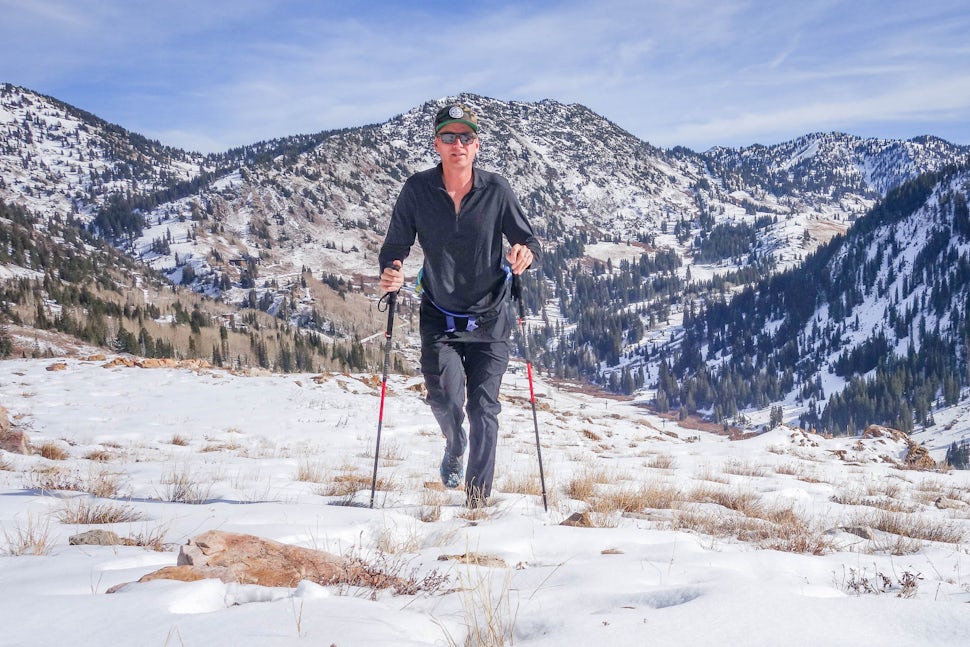Icebreaker Merino Base Layer 200 Weight Review
Ditch wearing plastic next to your skin and go with the original natural base layer – merino wool!

Years ago, I reconfirmed why cotton is a poor choice for a base layer when I arrived at a snowboard halfpipe practice session late. I didn’t have time to put my normal synthetic base layer on and quickly started hiking the pipe with my cotton t-shirt and jacket. Soon, I was sweating, and my t-shirt was soaked. This wasn’t a bad thing while I was hiking, but as soon as I stopped, the wet shirt became cold, clammy, and began to drop my core temperature quickly. Luckily, my vehicle was nearby, and I was able to put on a fresh shirt and mid-layer, but if I didn’t have a change of clothes, I would have been miserable. Since then, I haven’t worn a cotton shirt again during cool weather activities.
Back in the day, sailors used wool because it retained its warmth properties even when wet, but the old spinning process produced yarns that were itchy and uncomfortable next to your skin. Then, synthetic base layers emerged that were comfortable to wear, wicked moisture, and dried quickly if they became wet. The downside to those base layers is they are petroleum based, retain oils (sweat), and stink if you sweat.

Over the years, the wool industry has improved the feel and durability of their knits, and Icebreaker from New Zealand was a pioneer in using merino in their apparel. I recently got Icebreaker’s 200 weight merino wool base layer top and bottom and have used them while hiking, mountain biking, and snowboarding.
I chose Icebreaker’s 200 weight half-zip long sleeve because it’s very similar to the weight and feel of a t-shirt, but it has more of an athletic fit than a normal t-shirt. The athletic fit is nice as a base layer so that it doesn’t bunch up under mid-layers and also traps your body heat better. The half-zip is especially nice when you are exerting a lot of energy and producing excess heat. On my activities I was able to regulate my heat by utilizing the half-zip, and if I started to sweat, Icebreaker’s merino was able to dry out quickly when I slowed down so I never felt cold due to wetness.

Icebreaker’s 200 weight merino base layer bottom has a good fit so they move with your body and don't sag. I’ve used 180 weight merino in the past and the 200 weight seems stronger and less likely to rip and tear. Plus, it’s a bit warmer.
Another benefit of Icebreaker merino over synthetic base layers is that they are naturally odor-free. So, after a day of activity, you can have an après beverage and not stink out the pub, or the car on the drive home!
We want to acknowledge and thank the past, present, and future generations of all Native Nations and Indigenous Peoples whose ancestral lands we travel, explore, and play on. Always practice Leave No Trace ethics on your adventures and follow local regulations. Please explore responsibly!
Do you love the outdoors?
Yep, us too. That's why we send you the best local adventures, stories, and expert advice, right to your inbox.











